Cost Competitiveness of Solar Energy
The Utility Scale String Inverter Market is benefiting from the declining costs associated with solar energy production. Over the past decade, the cost of solar photovoltaic (PV) systems has decreased significantly, making solar energy one of the most cost-effective sources of electricity. This trend is likely to continue, with projections indicating that the levelized cost of electricity (LCOE) from solar will fall further, enhancing its competitiveness against traditional energy sources. As solar projects become more economically viable, the demand for utility-scale string inverters is expected to rise correspondingly. The combination of lower costs and increased efficiency in inverter technology is likely to drive the expansion of the utility-scale string inverter market, as more developers seek to capitalize on the economic advantages of solar energy.
Regulatory Support and Policy Frameworks
The Utility Scale String Inverter Market is significantly influenced by favorable regulatory support and policy frameworks. Governments worldwide are implementing policies that promote the adoption of renewable energy technologies, including solar power. Incentives such as tax credits, feed-in tariffs, and renewable energy certificates are encouraging the deployment of utility-scale solar projects, which in turn drives the demand for string inverters. For example, recent legislation in several regions has established ambitious renewable energy targets, aiming for a substantial increase in solar capacity by 2030. This regulatory environment not only fosters market growth but also enhances investor confidence, making utility-scale string inverters a critical component in achieving these energy goals.
Technological Advancements in Inverter Design
The Utility Scale String Inverter Market is experiencing a notable transformation due to rapid technological advancements. Innovations in inverter design, such as enhanced efficiency and improved thermal management, are driving the adoption of string inverters in utility-scale applications. For instance, the latest models boast efficiencies exceeding 98%, which significantly optimizes energy conversion. Furthermore, advancements in digital technology, including smart grid integration and remote monitoring capabilities, are enhancing operational efficiency. These developments not only reduce operational costs but also improve system reliability, making utility-scale string inverters more appealing to investors and developers. As a result, the market is projected to grow at a compound annual growth rate (CAGR) of approximately 15% over the next five years, indicating a robust demand for advanced inverter solutions.
Rising Energy Demand and Electrification Trends
The Utility Scale String Inverter Market is poised for growth due to rising energy demand and ongoing electrification trends. As populations expand and economies develop, the need for reliable and sustainable energy sources is becoming increasingly urgent. The International Energy Agency projects that global electricity demand will increase by 30% by 2040, necessitating the deployment of efficient energy solutions. Utility-scale string inverters play a pivotal role in meeting this demand, as they facilitate the integration of large-scale solar power into the grid. Moreover, the electrification of transportation and heating sectors is further driving the need for renewable energy sources, suggesting that the utility-scale string inverter market will experience sustained growth in the coming years.
Increasing Investment in Renewable Energy Projects
The Utility Scale String Inverter Market is benefitting from a surge in investments directed towards renewable energy projects. Governments and private entities are increasingly recognizing the importance of transitioning to sustainable energy sources, leading to substantial funding for solar power installations. In 2025, investments in solar energy are expected to reach unprecedented levels, with projections indicating a market size of over 200 billion dollars. This influx of capital is likely to drive the demand for utility-scale string inverters, as they are essential components in large solar installations. The growing emphasis on reducing carbon footprints and achieving energy independence further propels this trend, suggesting that the utility-scale string inverter market will continue to expand in tandem with renewable energy investments.


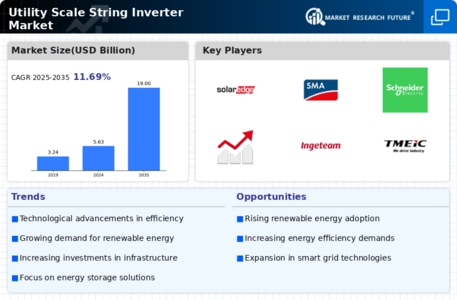

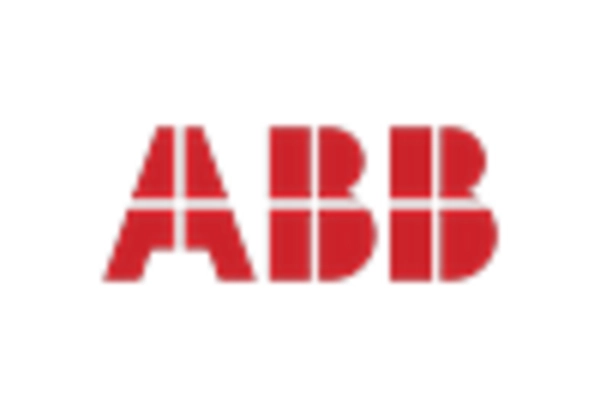
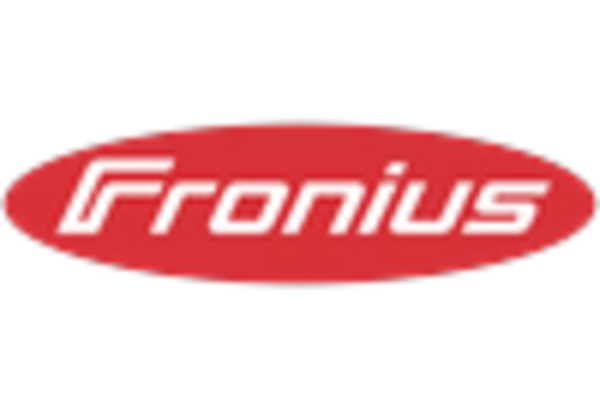
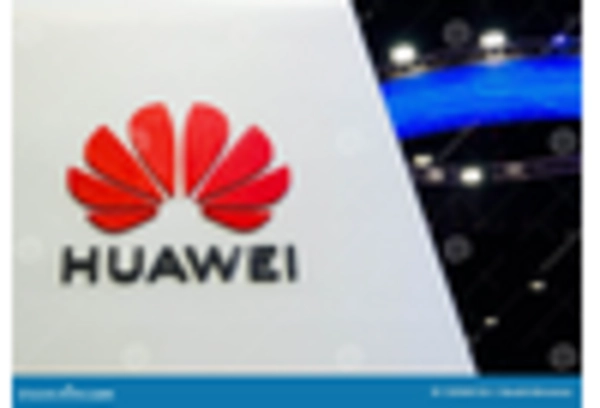

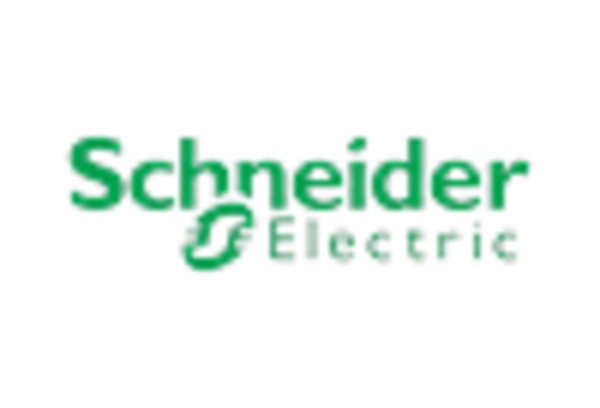
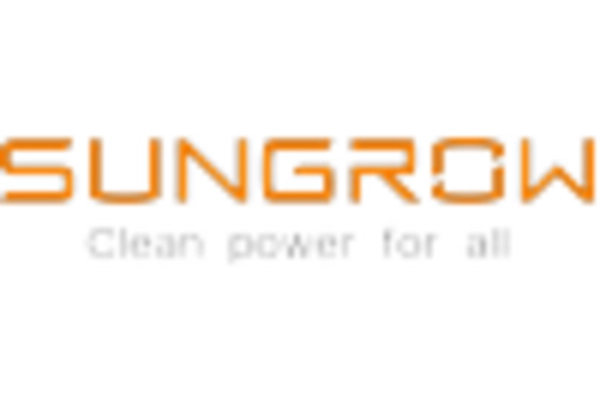








Leave a Comment